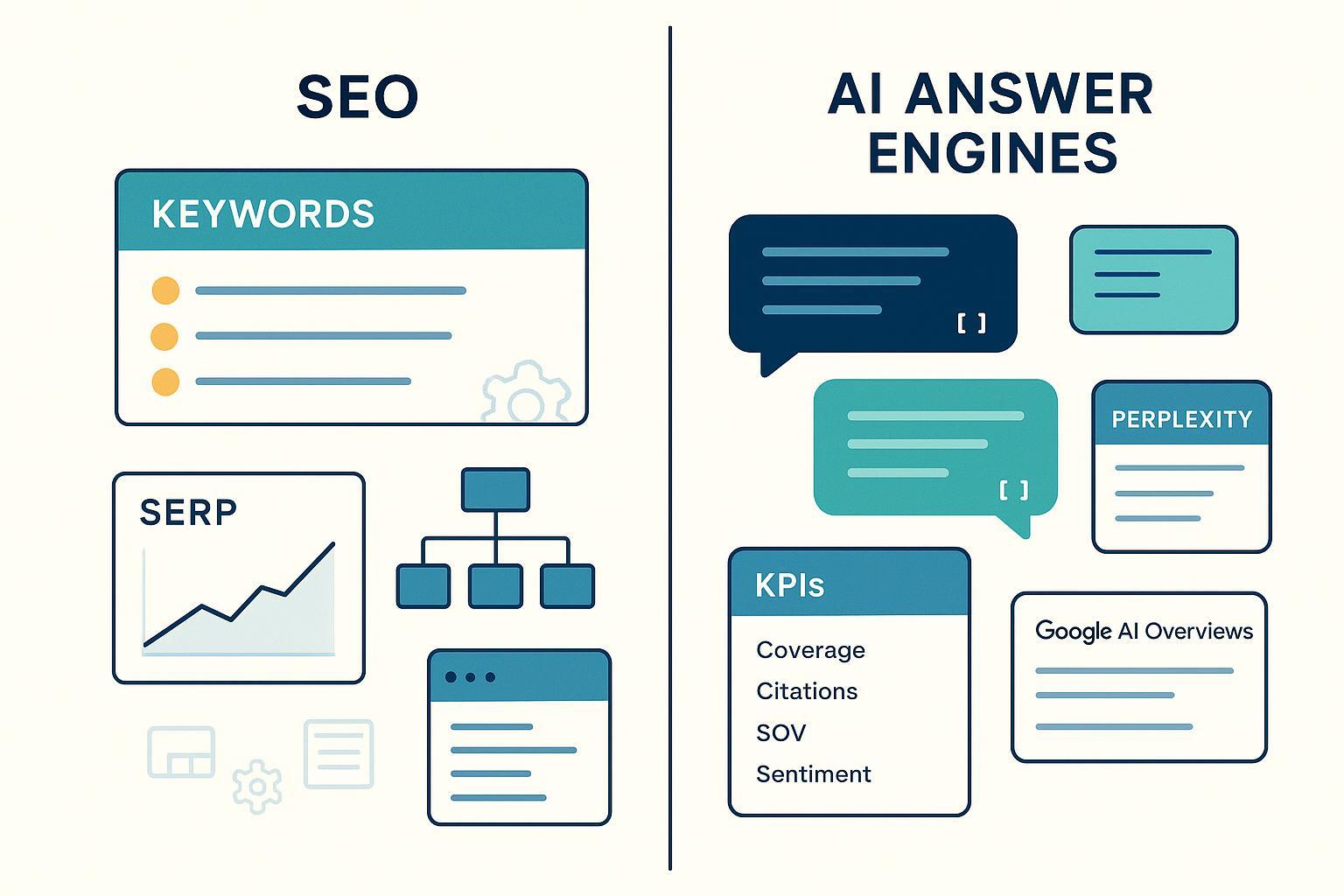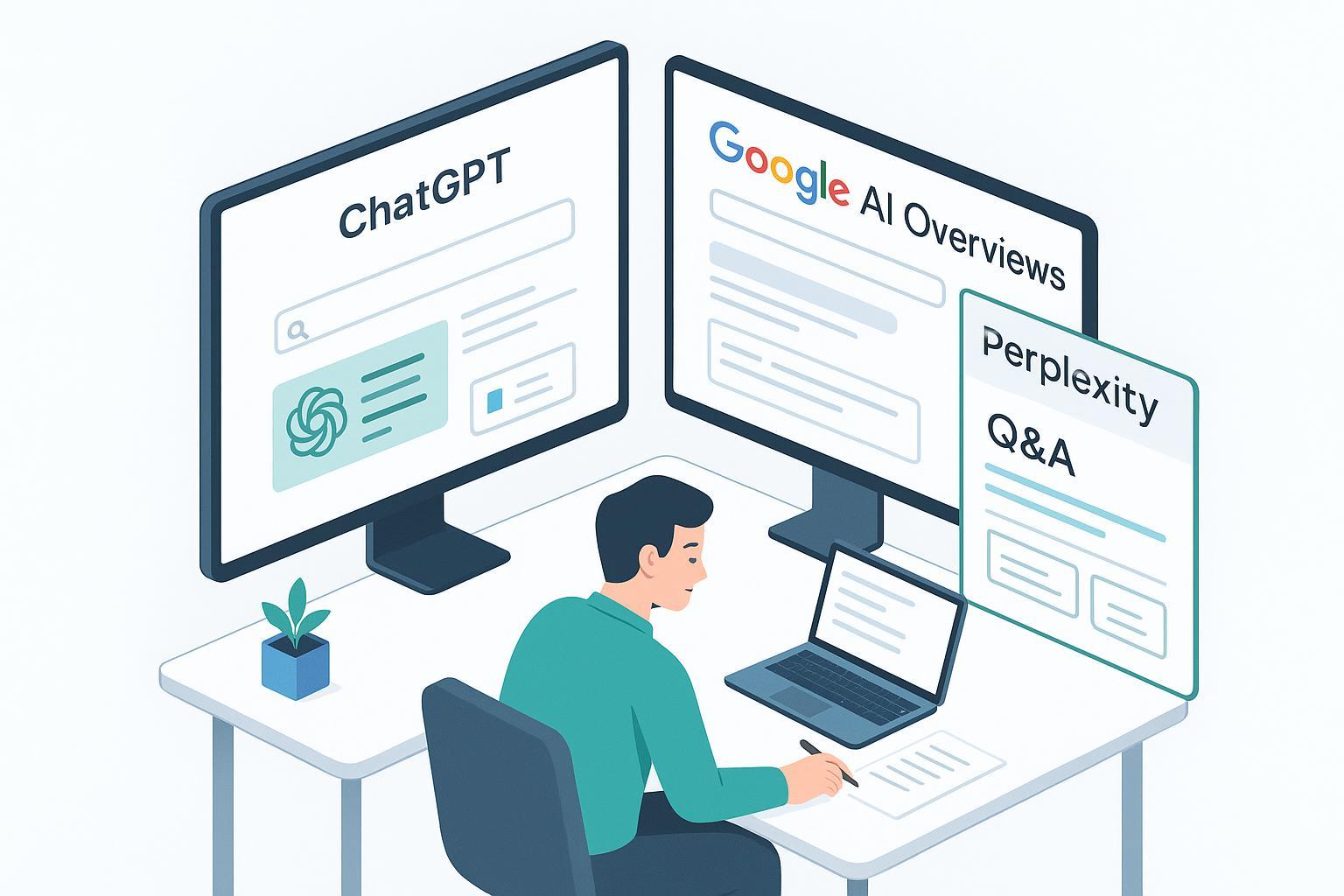Best Practices for AI Social Listening & Brand Monitoring (2025)
Discover 2025’s best practices for using AI-powered social listening tools in real-time brand monitoring and predictive issue prevention. Actionable, expert workflows for practitioners.


AI social listening isn’t about “monitoring everything.” It’s about catching the few signals that matter—fast—and turning them into decisive action. In 2025, the teams that win are those that pair contextual AI with disciplined workflows, multilingual coverage, and human-in-the-loop validation. The practices below reflect what consistently works in the field.
What AI Social Listening Should Actually Deliver
Modern platforms combine contextual sentiment, entity recognition, topic clustering, anomaly detection, and predictive analytics across text, images, short-form video, and multiple languages. Vendor-neutral overviews of capabilities and trends emphasize real-time, cross-channel context and multimedia analysis, as highlighted in the Sprinklr social listening guide (2025) and market roundups like Influencer Marketing Hub’s 2025 report.
Key outcomes to target:
- Rapid risk detection: spikes in negative mentions, velocity changes, or sentiment deltas.
- Actionable triage: routing incidents to the right owners with context.
- Predictive insight: clustering emerging topics and forecasting where issues might spread next.
- Multilingual, multimodal coverage: memes, screenshots, audio snippets, and dialectal content.
A Tool-Agnostic Setup Blueprint You Can Implement This Week
Start with a crisp scope and build the plumbing once—then tune relentlessly.
- Objectives and monitored entities
- Define 3–5 primary objectives: crisis prevention, CX bug detection, misinformation watch, competitive intel, and product feedback.
- List monitored entities: brand names, product lines, leadership names, key campaigns, competitors, and common misspellings/hashtags.
- Source connections via official APIs
- Connect social networks and forums using official APIs only; avoid scraping to stay compliant with X/Twitter, Meta/Instagram, and TikTok terms.
- Document data lineage, lawful basis (GDPR legitimate interest or consent), retention windows, and access controls.
- Dashboards and panels to build
- Core panels: mention volume, net sentiment, topic clusters, influencer impact.
- Anomaly panels: volume spikes, sentiment delta (e.g., −20 points within 2 hours), and velocity (mentions per minute).
- Competitor overlays: normalize by baseline to avoid false alarms.
- Alerting and routing
- Alerts to Slack/Teams for on-call responders; route tickets to CRM/Helpdesk (Salesforce, Zendesk, ServiceNow).
- Define escalation matrix: who handles influencer complaints vs. misinformation vs. safety.
- Set quiet hours logic (batch low-risk alerts; escalate high-risk immediately).
- QA loop and continuous tuning
- Weekly threshold review: adjust dynamic thresholds based on seasonal baselines.
- Sample validation: label 50–100 items/week for accuracy checks.
- False positive tracking: aim to reduce by 20–30% over the first quarter via multi-signal confirmation.
For metric definitions and tracking ideas, see practical guidance like Sprout Social’s metrics overview (2024–2025).
Predictive Issue Identification That Actually Works
Predictive identification isn’t crystal-ball magic; it’s disciplined anomaly detection plus topic intelligence.
- Establish baselines: Use seasonal decomposition to understand normal weekly/daily patterns. Adaptive forecasting (e.g., Prophet-like approaches) helps set expectations.
- Multi-signal triggers: Combine mention volume spike + negative sentiment delta + velocity increase. Trigger only when at least two signals breach thresholds.
- Topic clustering: Auto-cluster by theme (e.g., “shipping delays,” “pricing change,” “app crashes”). Prioritize clusters with influencer involvement or cross-platform spread.
- Human-in-the-loop validation: A responder reviews anomalies within 15 minutes, confirms severity, and tags the incident. This is borrowed from risk intelligence and SIEM tuning principles emphasized in sources like ConnectWise’s false-positive guide (2025) and online risk intelligence practices.
- Label and iterate: Feed validated incidents back into your models/rules to reduce noise and sharpen detection over time.
For capability grounding and anomaly references, see Sprinklr’s 2025 guide and Sprout Social’s AI social listening overview (2025).
Integrate Real-time Response with CRM and Helpdesk
Speed without context creates thrash. Integrations bring context to the people who can fix issues:
- Salesforce: Create cases from social alerts with full conversation context; established patterns are documented in Hootsuite’s Salesforce integration guide (2024).
- Zendesk: Route sentiment-based escalations with tags (bug, influencer complaint, misinformation) so agents see history and suggested responses.
- ServiceNow: Auto-classify and route incidents using AI assistants; ServiceNow’s Now Assist patterns are detailed in ServiceNow’s ITSM release notes (2025).
Best practices:
- Unify inboxes; avoid siloed triage.
- Use confidence thresholds to decide bot vs. human responses.
- Maintain SLAs: e.g., MTTA (mean time to acknowledge) ≤ 15 minutes for high-risk incidents; MTTR (mean time to resolve) varies by category.
Multilingual and Multimodal: Expand Coverage, Keep Accuracy Honest
Global brands live in code-switching, sarcasm, and meme culture. Accuracy is achievable—with caveats.
- Languages: Prioritize high-impact markets; augment low-resource languages with domain fine-tuning and human validation.
- Modalities: Monitor images/screenshots, short-form videos, and audio snippets to catch indirect brand mentions.
- Accuracy evidence: A peer-reviewed 2025 study reported GPT‑4 Turbo achieving around 82% accuracy on long-form and 77% on short-form social content in a domain-specific sentiment task, outperforming GPT‑3.5; treat these as directional rather than universal benchmarks, per PMC-hosted study (2025).
- Vendor claims: Treat high accuracy assertions as claims; pair automation with human QA for sarcasm, slang, and dialect variance.
Governance and Compliance You Can’t Ignore
Strong governance keeps programs resilient and legal.
- Privacy and lawful basis: Document consent/legitimate interest, purpose limitation, and retention minimization; see guidance such as Atlan’s AI data governance overview (2025).
- Platform terms: Use official APIs and honor developer agreements. See Twitter/X Developer Agreement & Policy, Meta Terms of Service, and TikTok Terms of Service for authoritative rules. Scraping is generally prohibited; verify entitlements before deployment.
- Operational compliance: Run DPIAs where required; audit vendors for SOC 2/ISO 27001; restrict high-risk topic access; maintain incident logs and runbooks.
Tool Landscape and Selection Factors
When evaluating platforms, prioritize real-time anomaly detection, multilingual/multimodal analysis, CRM/helpdesk integrations, and governance features. For buyers comparing options, see our AI brand monitoring comparison guide for a deeper look at platform differences.
If you need multi-platform AI visibility across ChatGPT, Perplexity, and Google AI Overview with real-time sentiment and historical query tracking, consider Geneo for evaluation. Disclosure: Geneo is our product.
For advanced feature breakdowns and pricing considerations, here’s an in-depth review and alternatives that many practitioners find useful during the selection process.
Role-Based Runbooks: Who Does What, When
- PR/Comms
- Watch: influencer complaints, misinformation narratives, safety incidents.
- Act: acknowledge within 15 minutes; coordinate messaging with Legal; update holding statements and FAQs.
- Social/Community
- Watch: channel-specific spikes, comment sentiment swings, repetitive complaints.
- Act: use response macros; escalate edge cases; manage bot-to-human handoffs.
- CX/Support
- Watch: bug clusters, shipping delays, account lockouts.
- Act: open cases in CRM; tag incidents; close the loop publicly when resolved.
- Product
- Watch: feature requests, crash reports, competitive deltas.
- Act: triage to backlog; correlate with telemetry; share roadmap notes.
- Legal/Compliance
- Watch: privacy-sensitive content, platform terms adherence, high-risk data flows.
- Act: review DPIAs; update retention policy; approve crisis messaging.
Pitfalls and How to Avoid Them
- Alert fatigue: Start with conservative thresholds; require two-signal confirmation; batch low-risk alerts.
- Sarcasm/nuance errors: Use advanced NLP with emoji/sarcasm handling; add human QA in high-impact markets.
- API gaps or rate limits: Negotiate higher entitlements; diversify data sources; document coverage limitations.
- Model drift: Re-evaluate quarterly with labeled datasets; retrain or update prompts.
- Siloed integrations: Unify inboxes and ticketing; map ownership clearly.
Evidence and patterns are reflected across practitioner guides like Sprout Social’s sentiment analysis primer and roundup analyses such as Hootsuite Social Trends 2025.
Metrics and a Maturity Roadmap
Track what improves behavior, not vanity:
- MTTA/MTTR: acknowledge and resolve times per incident class.
- False positive rate: trend it down via threshold tuning and labeling.
- Escalation success: percentage of incidents routed to the right team on first pass.
- Coverage: language and modality coverage across priority markets.
- Influencer impact: share of voice and severity weighting.
- Quarterly review: reset baselines; update keywords; retire stale alerts.
Vendor TEI studies can provide directional ROI context when disclosed. For example, Forrester’s 2025 Total Economic Impact study commissioned by Sprout Social reports a 268% ROI and productivity gains over three years, as noted in the Forrester TEI PDF (2025). Treat commissioned studies as inputs—not guarantees.
Quick Start Checklist (copy, adapt, implement)
- Define objectives and monitored entities (incl. misspellings/competitors).
- Connect sources via official APIs; document lawful basis and retention.
- Build dashboards: volume, sentiment, topic clusters; add anomaly panels.
- Configure alerts to Slack/Teams and route to CRM/Helpdesk.
- Set escalation matrix and SLAs; enable bot-to-human handoffs.
- Run weekly QA: threshold review, sample validation, labeling.
- Track MTTA/MTTR, false positives, coverage; iterate quarterly.
By following these practices, teams consistently move from reactive monitoring to proactive brand protection—and do it in a way that is defensible, measurable, and scalable across channels and markets.





